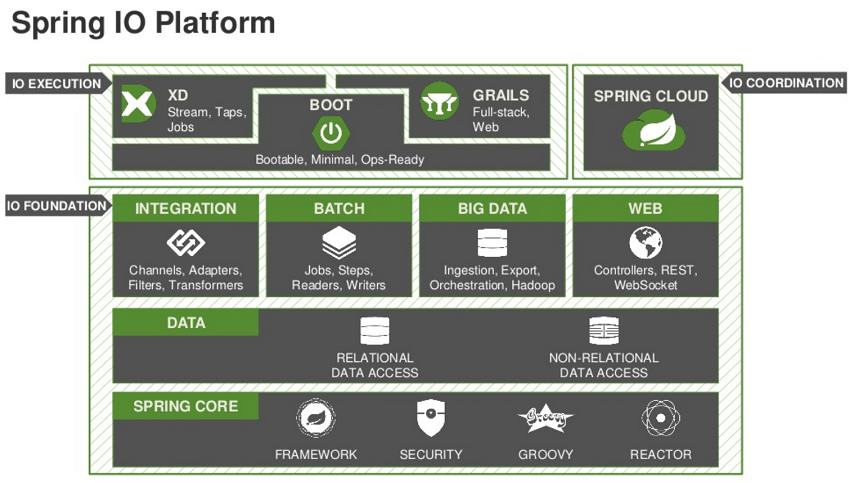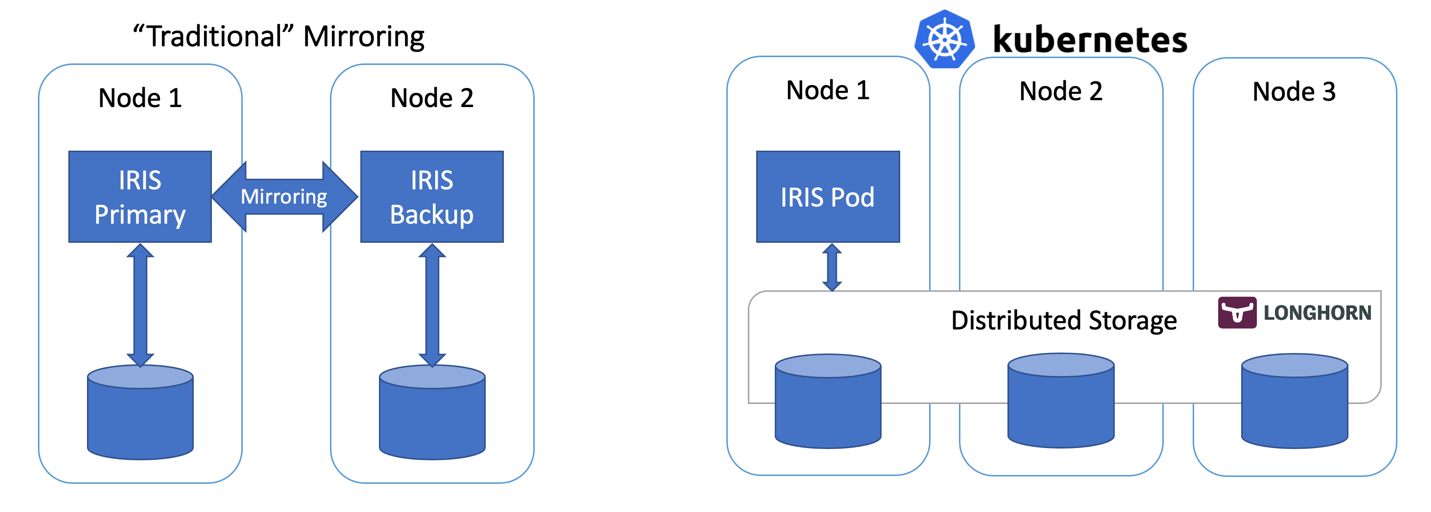Hi Community!
I'm sharing a little tool (REST service) to download interoperability messages from your browser.
You only need to:
1. Create a web application in Management Portal (e.g. /downloadmsg) and set DispatchClass=Util.DownloadMsg.
2. Call the tool using your browser passing the namespace and the message header id to download.
http://localhost:52773/downloadmsg/ns/mydev/msgid/17441

.png)

.png)
.png)


